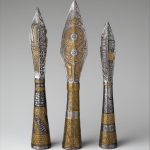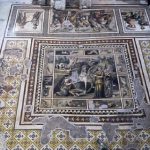The Kɪɴɢ Djoser statue
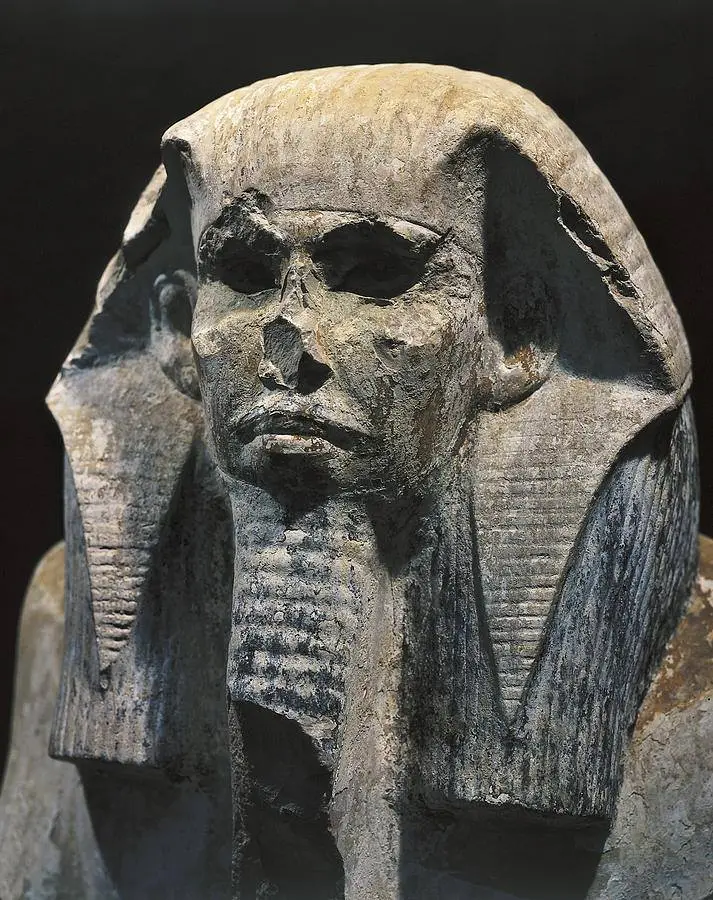
This statue was found in a closed room called Serdab, northeast of the funerary complex of King Djoser at Saqqara. It is believed that the statue of Djoser is the oldest known life-sized Egyptian statue. It depicts King Djoser himself, seated on his throne and enveloped in a jubilee cloak.
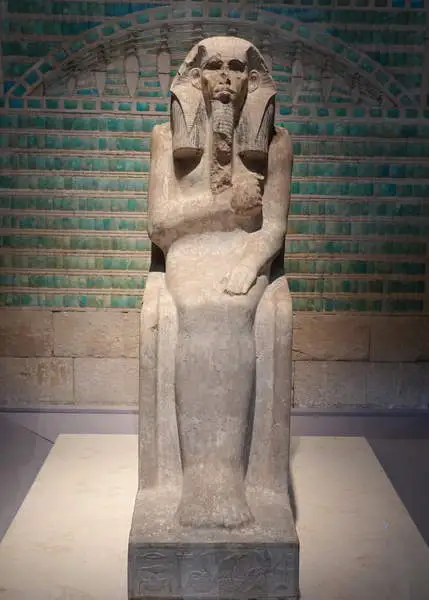
The ka statue of king Djoser was entirely coated with white plaster and painted. The deep-set eyes were once inlaid. The king has a ceremonial false beard and wears a black wig topped by the royal nemes headdress. The front side of the pedestal is inscribed with hieroglyphic text, indicating the name and epitaphs of King Netjerikhet of Upper and Lower Egypt.
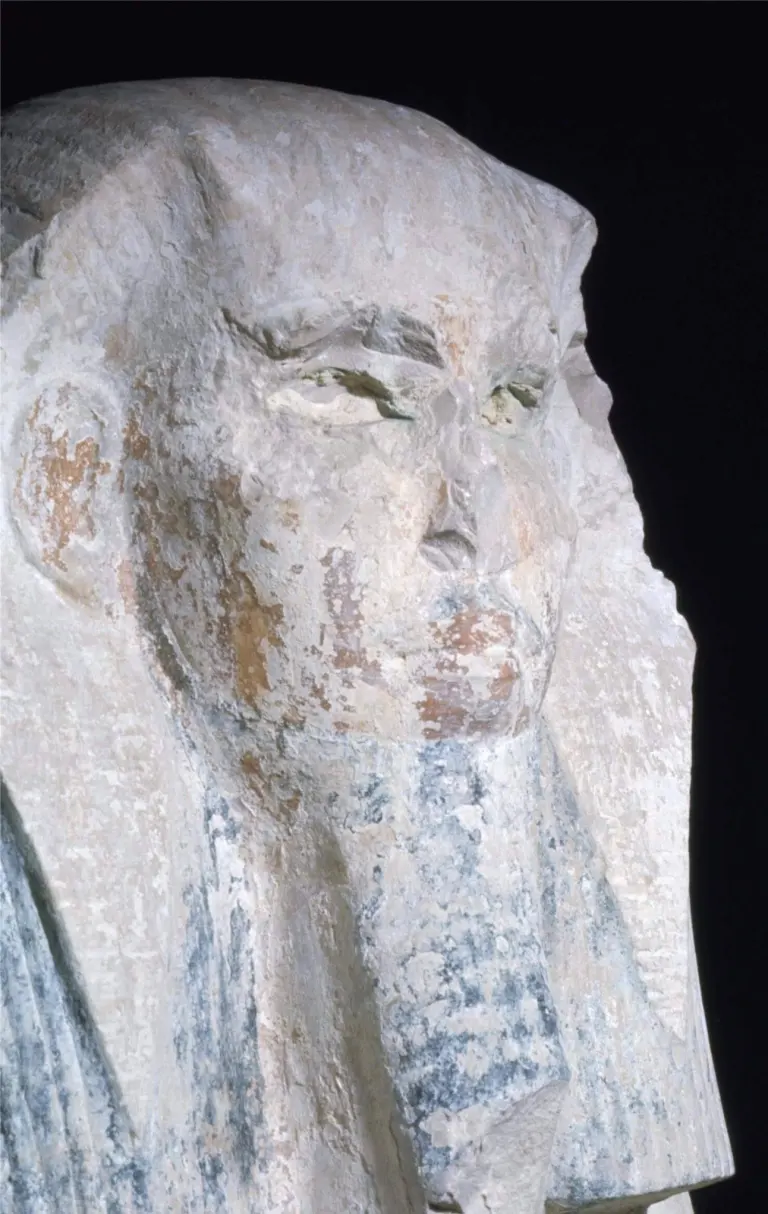
Tiles mounted between sculpted limestone ledges decorated the walls of the galleries underneath Djoser’s Step Pyramid and underneath a building in his complex called the Southern Tomb. The decoration was meant to imitate the reed matting that covered the walls of his palace.
Very little is known of Djoser’s youth or family life. His name Netjerikhet means “divine of body” and ‘Djoser’ is derived from the Djed symbol of stability. He succeeded his father, Khasekhemwy, the last king of the 2nd Dynasty, and his mother was the queen Nimaathap. Hetephernebti was the only known wife of king Djoser.
Djoser, also spelled Zoser, founder of the 3rd Dynasty of ancient Egypt, who undertook the construction of the earliest important stone building in Egypt, the Step Pyramid of Saqqara. His reign, which probably lasted 19 years, was marked by great technological innovation in the use of stone architecture.
The fact that Djoser was able to end a famine and build such a large monument suggests that during his reign, Egypt was politically and economically stable.
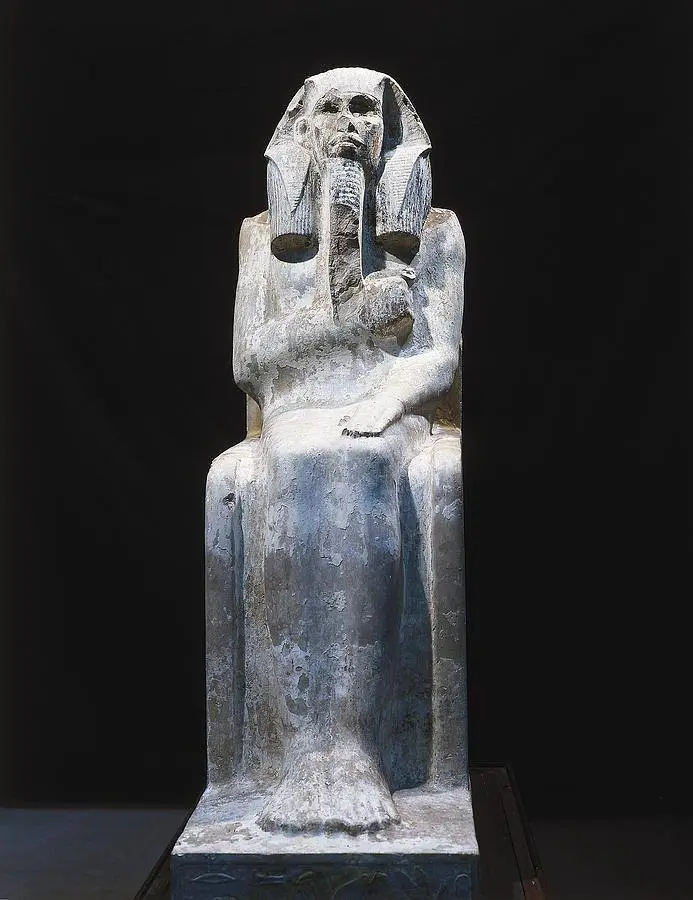
Today, at the site in Saqqara where it was found, a plaster copy of it stands in place of the original. The statue was discovered during the Antiquities Service Excavations of 1924-1925.
King Djoser’s reign represents a crucial period in ancient Egyptian history. His rule marked the beginning of the Old Kingdom, a time of stability, prosperity, and cultural achievements in Egypt. The architectural and administrative innovations introduced during his reign set the stage for the grandeur and influence of future kings.

King Djoser’s significance lies in his architectural achievements, centralization of power, religious reforms, and his role in shaping the history and culture of ancient Egyp






